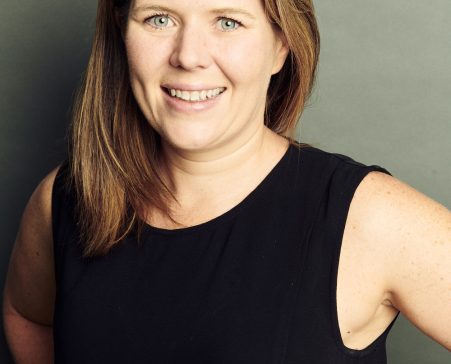Diversity of Thought Blog
Gender Equality in Australian Leadership: why is progress so slow?
At just 3.5% of CEOs and 17.6% of Directors in the ASX200, female representation in Australian leadership positions remains woefully low. This, combined with a significant gender pay gap, which has not shifted in the past two decades, suggests that our concerted efforts to address workplace gender equality have resulted in very little change.
While most people agree that this is not acceptable and that we must accelerate change, the current glacial pace of change indicates that support for gender equality has not been translated into real action.
So what is standing in the way of us getting traction? For those of us who want to see 100% of Australia’s leadership talent, both female and male, equally contributing to our social and economic future within our lifetime then the rate of change needs to accelerate.
But, how do we translate our good intentions into real action? We face the challenge bridging the gap between good intentions and actually achieving our goals. Which means dealing with the things that get in the way of making the change happen.
Resistance to change does not automatically infer opposition, disagreement or lack of commitment. While many people, organisations and systems sincerely intend to change, there is often a competing commitment that creates a barrier. The result is a stalling change effort due to some kind of immunity to change.
These competing commitments often exist as a way to protect something that is important to us. But what are we protecting? And at what cost? These competing commitments often stem from deeply held beliefs, or assumptions about the way the world works.
These assumptions are the unseen source of barriers to change, as we unconsciously behave in a way that maintains the status quo. In this way, our failure to create the change we desire is not due to a lack of good intentions.
We have been in situations where our best efforts to increase the number of women in leadership has been met with great enthusiasm, yet real change fails to materialise. Dr Lisa Lahey’s Immunity to Change paradigm provides incredible tools for addressing these challenges, which is why The 100% Project and Leadership Victoria have invited her to visit Australia.
The goal of our upcoming Immunity to Change Masterclass is for individuals and groups to become more effective in achieving the goal of increased gender balanced leadership, not to find flaws in people’s work or character.
Given that the status quo is so potent, how can we change ourselves and our organisations?
In an organisational context, it is the collective mind-sets that can create a natural but powerful immunity to change. By revealing how this mechanism holds us back, Dr Lahey gives us the keys to unlock our potential and finally move forward. By pinpointing and uprooting our own immunity to change, we can bring our organisations forward with us.


